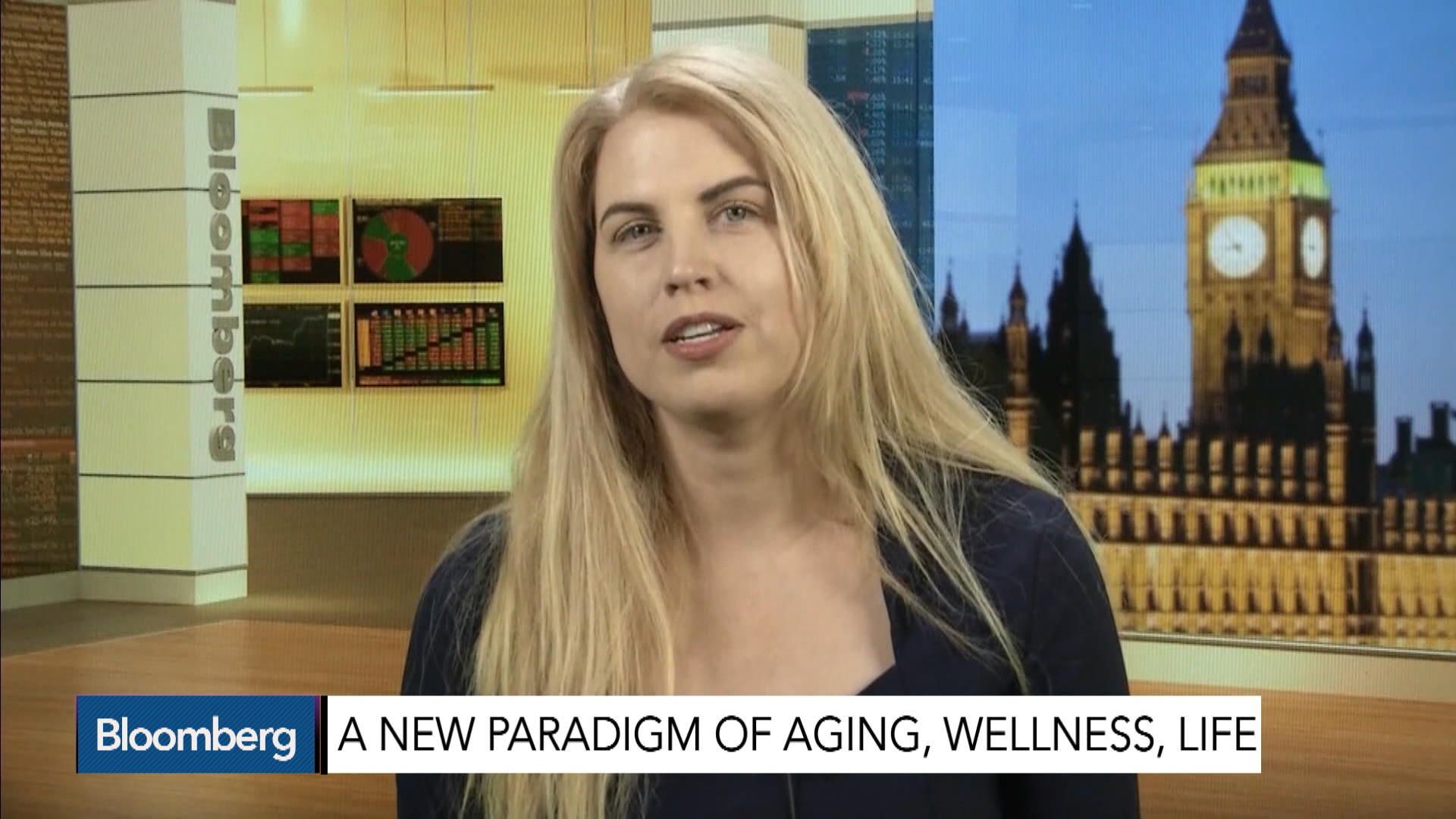One in 10 Elysium customers are doctors. Is ‘Basis’ about to go mainstream?


Meet Bionic Boots.
Neuralink is working to link the human brain with a machine interface by creating micron-sized devices.
He said creating a brain-machine interface will be vital to help humans compete with the ‘godlike’ robots of the future.
Neuralink was registered in California as a ‘medical research’ company last July, and he plans on funding the company mostly by himself.
With the USS McCain collision, even Navy tech can’t overcome human shortcomings.
One mistake can cascade into a disaster in heavy marine traffic, regardless of tech.
So we investigated 3 questions about artificial intelligence:
1. How are militaries around the world using AI?
2. What about AI worries the Pentagon?
3. Is AI dangerous?

Good quick interview. Technical, and a mention that it’s not just about telomeres.
BioViva is looking for a way to slow aging. Globalive Chairman Anthony Lacavera talks to CEO Elizabeth Parrish, who is using herself as a test subject and claims to have seen some fascinating results. (Source: Bloomberg)

From smartphones to supercomputers, the growing need for smaller and more energy efficient devices has made higher density data storage one of the most important technological quests.
Now scientists at the University of Manchester have proved that storing data with a class of molecules known as single-molecule magnets is more feasible than previously thought.
The research, led by Dr David Mills and Dr Nicholas Chilton, from the School of Chemistry, is being published in Nature. It shows that magnetic hysteresis, a memory effect that is a prerequisite of any data storage, is possible in individual molecules at −213 °C. This is tantalisingly close to the temperature of liquid nitrogen (−196 °C).


Of course, every generation regards its reckoning with new technology as a turning point for the species. But what’s important to realize, whether our blip in history is truly pivotal or just another moment of five-alarm normalcy, is this: The choices people make in the face of anxiety always determine whether the world they leave behind looks more utopian than dystopian.
Every generation regards its reckoning with new technology as a turning point for the species. You just have to learn to stop worrying and love the future.

Let’s say you are the program manager of a very large, complex system. Perhaps it’s an aircraft, or a building, or a communications network. Your system is valued at over US $500 million. Could you imagine being told that you won’t ever be able to maintain it? That once it’s operational, it will never be inspected, repaired, or upgraded with new hardware?
Welcome to the world of satellite building. After a satellite is launched, it is on a one-way journey to disrepair and obsolescence, and there is little anyone can do to alter that path. Faults (which are called anomalies in the space business) can only be diagnosed remotely, using data and inferential reasoning. Software fixes and upgrades may be possible, but the nuts and bolts remain untouched. The upshot: Even if a satellite is operating well, it could lose its state-of-the-art status just a few years into a typical 15-year lifetime.
If governments and private companies could actively repair and revitalize their satellites in geosynchronous orbit—and move them to new orbits as needed—they could extend the lifespans of their investments and substantially defer the cost of building and launching replacements.